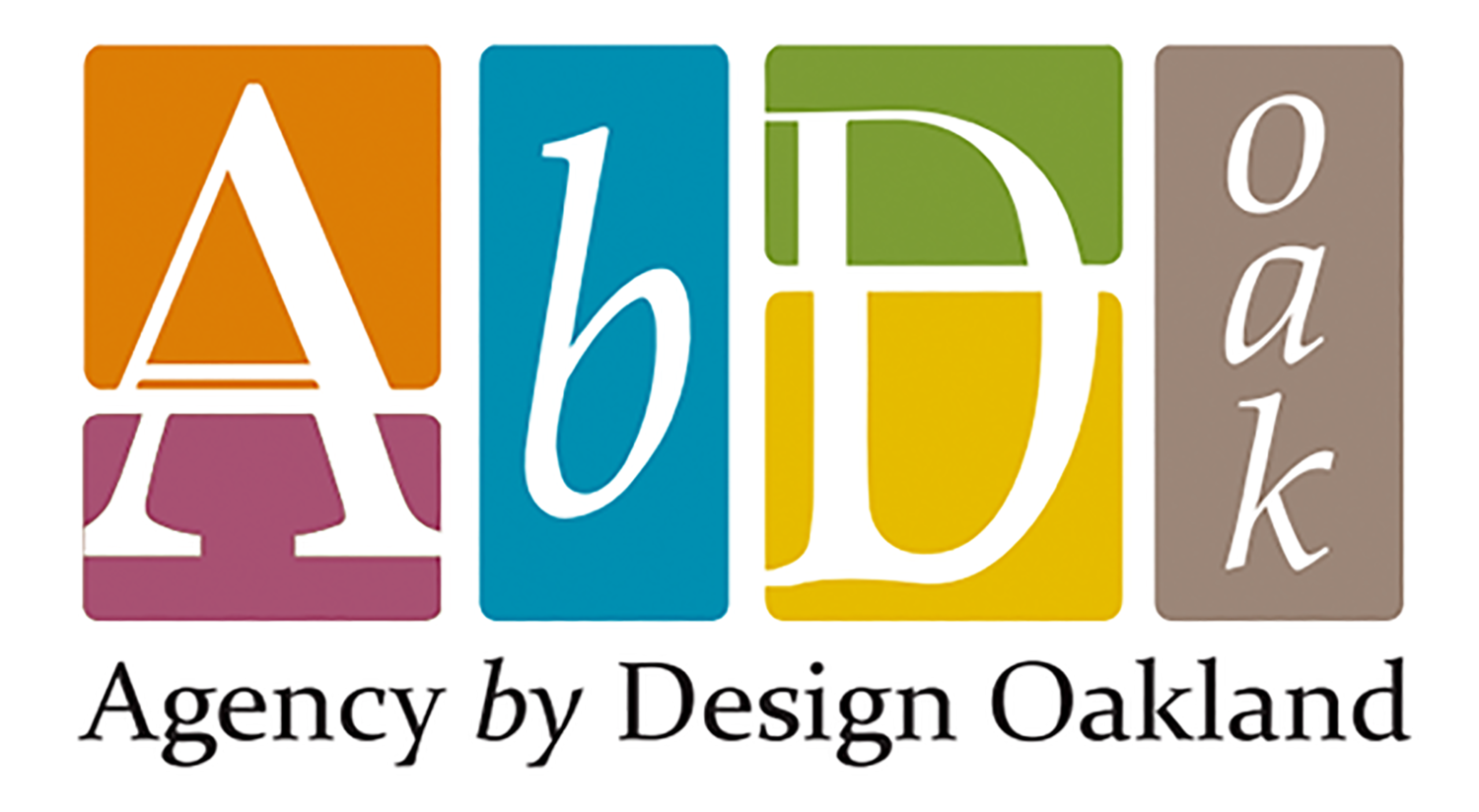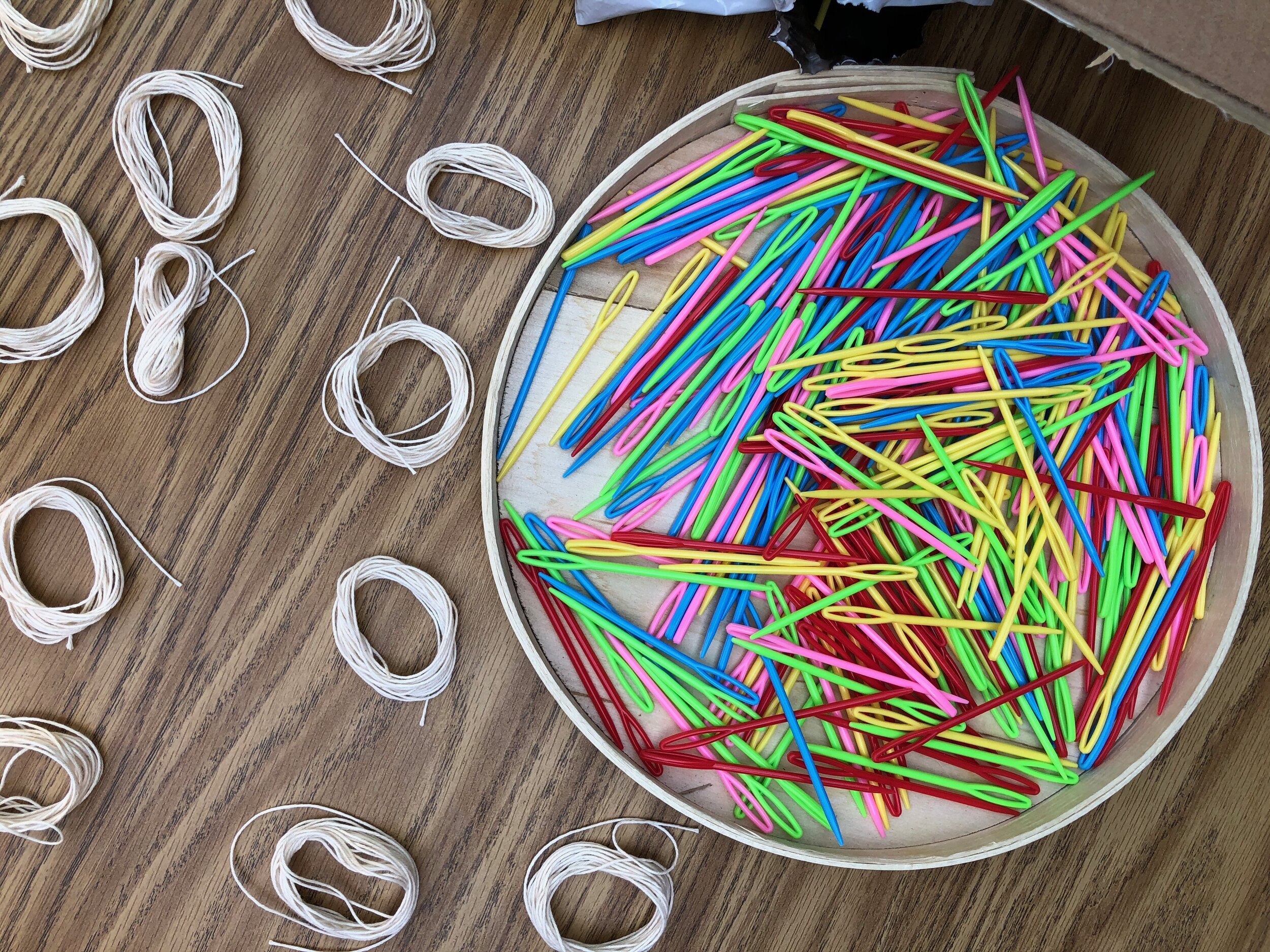Now more than ever, it’s critical that kids have hands-on learning materials at home!
This unique moment invites students to become independent learners, and high-quality books and materials have a role to play in empowering kids to develop curiosity and critical thinking. When shelter-in-place started in mid-March, we set out to distribute 1,000 SPARK! Maker Literacy Kits for Oakland youth, ages K-5. We blew past our goal and we are now planning for distance learning in August. Our new goal is 1,000 additional kits delivered to students for Back to School, and we are producing and distributing kits as funding arrives. Please support us today!
MORE ABOUT THIS PROJECT
We were originally inspired back in 2016 by Nora Peters at the Millvale Community Library near Pittsburgh, PA, who designed maker stickers attaching to the inside of book covers, with prompts inviting young readers to make based on themes from the book. Paula Mitchell, our Fellowship Director, used that inspiration to create take-home Maker Book Bags, which students could check out from her school’s library, at Grass Valley Elementary School here in Oakland.
When distance learning started and the technology gap was stark, we immediately considered how to expand this idea for a wider audience. We knew that if kids had high-quality books and materials they could learn through reading, tinkering, and figuring out for themselves. We were also inspired by Zaretta Hammond’s Moving Beyond the Packet webinar, in which she talks about a “Skinny Set of Culturally Responsive Instructional Design Principles.” We coupled this with our own pedagogical approach to create the following general criteria during the design process.
Juicy Inquiry through Essential Questions: Every prompt has at least one student-friendly question, but most of our prompts have many. We believe and know that inquiry questions are the basis of good thinking. As Ada says in Ada Twist Scientist, “Start with one question, then ask two more.”
Builds Background Knowledge: We chose to weave opportunities into the prompts to build background knowledge, like how to mail a letter in the Yasmin the Writer prompt or what kind of birds live in the East Bay in the prompt for Bird Builds a Nest.
Hands-on: We believe that creation is a way to reflect, process, and communicate all at the same time. We also see making as a form of assessment. Hammond describes this as “chewing" on the content.
Routines - Hammond talks about the importance of routines, which we believe in wholeheartedly. We *love* thinking routines, so we sprinkled a few throughout, from See, Think, Wonder in the Drawn Together prompt, to Imagine If… in The Wild Robot. These prompts can be used as a part of an engaging learning sequence in any context, so we help their inclusion here is just a jumping off point. Check out some of our favorite thinking routines here.
This project is a collaboration with the Oakland Literacy Coalition. It was initially made possible with COVID-19 Rapid Response funding from the Rogers Family Foundation, the Abundance Foundation, and with support from Oakland International High School.
Prompts were designed by a number of experienced educators and artists. They include Paula Mitchell, Susan Wolf, Miko Lee, Ascha Drake, Brooke Toczylowski, Peter Limata, Sydney Dexter, Angi Chau, and Susie Wise. Interpretation by Aracely Sifuentes-Ordaz, Oakland Educator & Artist. Graphic Design by Juliet Buck.






























